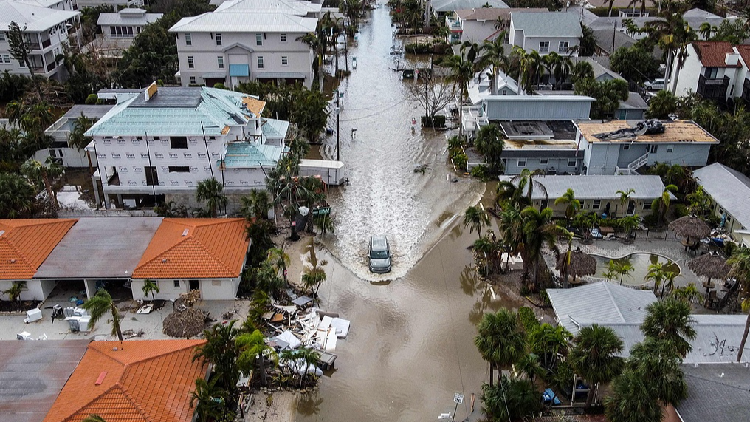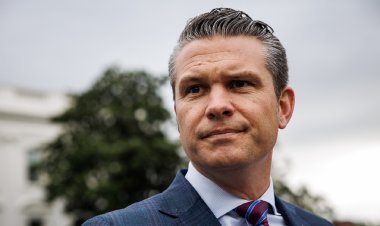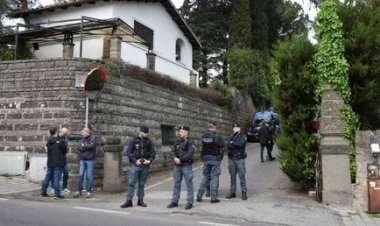Commitment to reconstruction follows hurricanes in Florida
This article explores the resilience and commitment to recovery in Florida in the aftermath of recent hurricanes. It highlights the efforts of communities and individuals as they come together to rebuild their lives and restore their towns.

After Hurricane Helene had damaged the beachfront units, homeowners had diligently gutted, treated, and dried them out, clearing away mounds of sand that had blown inland. However, just under two weeks later, Hurricane Milton arrived and reversed all their hard work.
"They've got to start the whole process over, cleaning, sanitizing, bringing in drying equipment, getting them all dried and prepped for renovations," expressed Bill O'Connell, a board member at the complex in Venice, located about an hour south of Tampa. He noted that the second hurricane "brought all the sand back on our property."
Many long-time Floridians have learned to navigate the annual storm cycle that can disrupt lives in a state famous for its warm weather, sunshine, and beaches.
"It's the price you pay to live in paradise," O'Connell remarked. "If you want to live here with this view, beautiful sunsets, be able to go out on your boat, enjoy what Florida has to offer, you have to be willing to accept that these storms are going to come."
The toll of the consecutive storms is still being assessed as a significant portion of the state confronts the aftermath of this rare dual storm impact. Many residents, some returning from evacuations, spent their Saturday searching for gasoline amid a state-fueled fuel shortage.
Hurricane Milton resulted in at least 10 fatalities after making landfall as a Category 3 storm, traversing central Florida, inundating barrier islands, and generating deadly tornadoes. Officials stated that the damage could have been more severe if not for the extensive evacuations. In total, over a thousand people were rescued in the storm's aftermath.
In the fishing village of Cortez, a community of 4,100 near Tampa, Catherine Praught explained the "pure panic" she and her husband, Mark, felt when Hurricane Milton threatened their home so soon after Helene, prompting them to evacuate before finishing their cleanup. Thankfully, their house sustained no damage from the second storm.
"This is where we live," Catherine Praught said of their low-lying residence of 36 years that had already been emptied, gutted, and scrubbed following Hurricane Helene. "We're just hopeful we get the insurance company to help us."
In the nearby community, residents of modest one-story wood and stucco cottages were working Saturday to clear out broken furniture and tree limbs, much like they had after Hurricane Helene.
Steinhatchee, west of Gainesville, displayed a similar scene, with significant debris piles lining its streets.
Melissa Harden lives just a block away from a local restaurant and neighborhood bar that have been devastated. While her home is built on 4.9-meter pilings, it still experienced 1.2 meters of flooding. As Hurricane Milton approached, her concerns mounted about the possibility of facing a third hurricane in just 14 months.
"Personally, I thought, if it comes, we're already evacuated and our home is pretty messed up," she shared while friends and family assisted in the cleanup, removing damaged fixtures and boards. "Of course we didn't want it! No more storms!"
Moody's Analytics projected that the economic costs from the storms could range from $50 billion to $85 billion, including more than $70 billion in property damage and up to $15 billion in lost economic output.
Meanwhile, in St. Petersburg, numerous people waited in line at a gas station that had run out of fuel, hopeful for its return. Among the crowd were Daniel Thornton and his nine-year-old daughter Magnolia, who arrived at 7 a.m. and remained waiting four hours later.
"They told me they have gas coming but they don't know when it's going to be here," he said. "I have no choice. I have to sit here all day with her until I get gas."
On Saturday morning, Governor Ron DeSantis informed reporters that the state had established three fuel distribution sites and intends to open more. Residents can receive up to 37.8 liters each at no charge.
"Obviously as power gets restored ... and the Port of Tampa is open, you're going to see the fuel flowing. But in the meantime, we want to give people another option," DeSantis stated.
Officials are working to resupply gas stations using the state's fuel reserves and provide generators to those still lacking power.
As recovery efforts continue, DeSantis has advised residents to remain vigilant, highlighting ongoing safety concerns like downed power lines and standing water. According to Poweroutage.us, approximately 1.1 million Floridians were still without power Saturday evening.
National Weather Service Meteorologist Paul Close alerted that rivers will "keep rising" for the next few days, likely leading to flooding in areas around Tampa Bay and northward, which received the highest rainfall, exacerbated by a wet summer that had already seen several hurricanes.
"You can't do much but wait," Close remarked regarding the rising rivers. "At least there is no rain in the forecast, no substantial rain. So we have a break here from all our wet weather."
James del Carmen for TROIB News
Find more stories on the environment and climate change on TROIB/Planet Health












